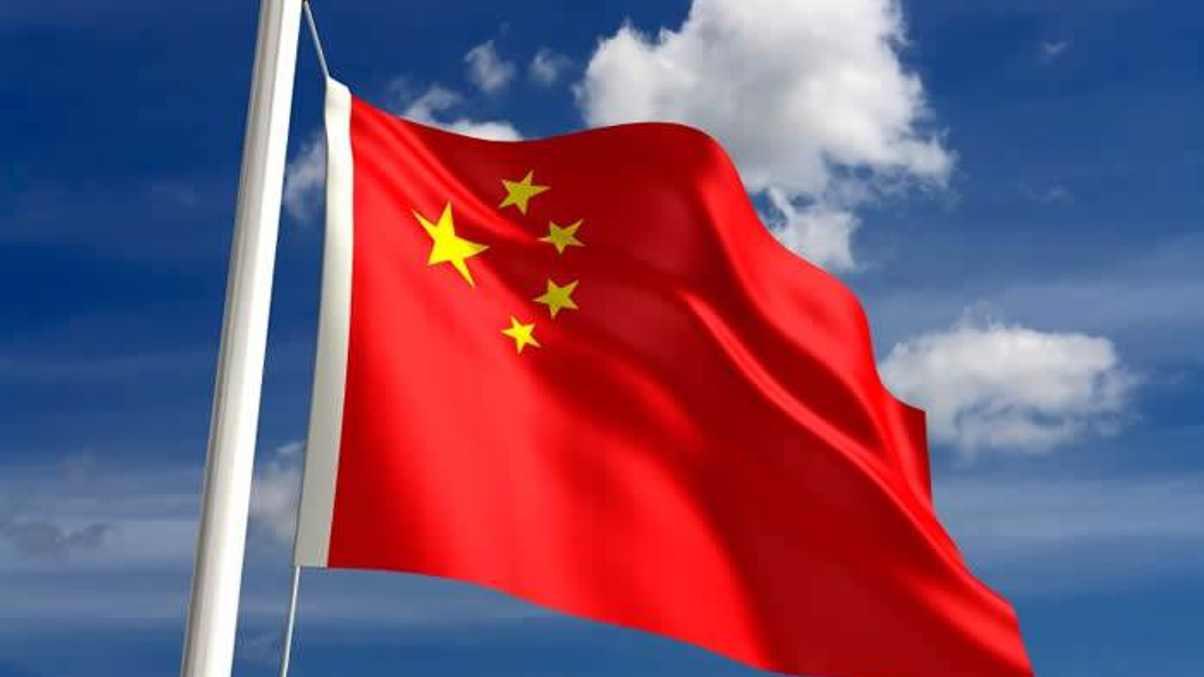QDII pressure set to ease as Chinese insurers join Stock Connect
Mainland insurance firms have been granted permission to buy Hong Kong stocks via the Stock Connect, a move that should spur more southbound trading and free up QDII quota.

Chinese insurance firms have been given the green light to invest in Hong Kong equities via the Shanghai-Hong Kong Connect, in a move aimed at helping them boost investment returns and portfolio diversification. It is likely to free up overseas investment quota under the qualified domestic institutional investor (QDII) scheme.
Sign In to Your Account
Access Exclusive AsianInvestor Content!
Please sign in to your subscription to unlock full access to our premium AI resources.
Free Registration & 7-Day Trial
Register now to enjoy a 7-day free trial—no registration fees required. Click the link to get started.
Note: This free trial is a one-time offer.
¬ Haymarket Media Limited. All rights reserved.


